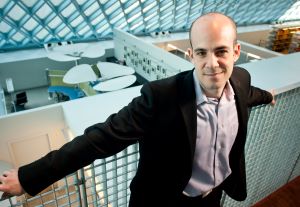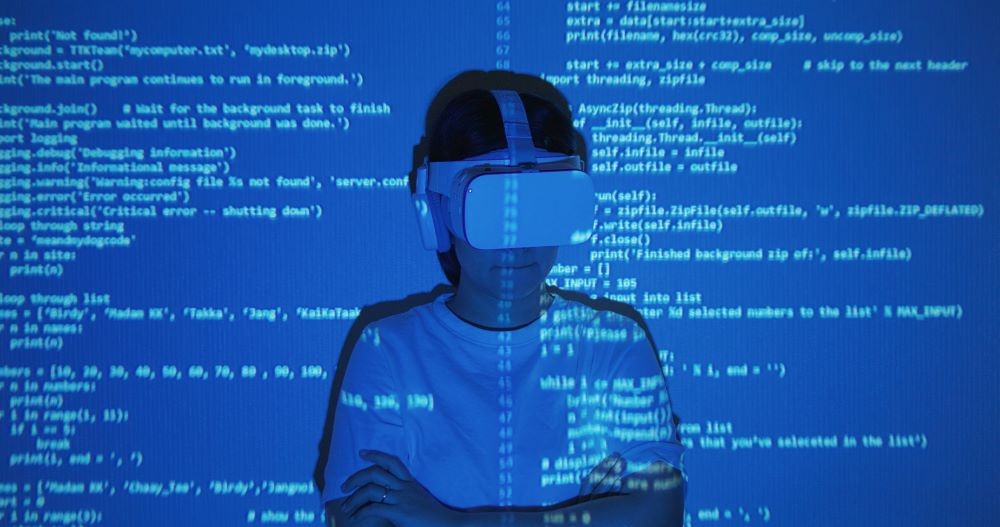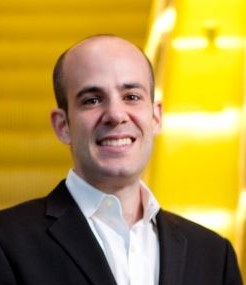
In a fast-changing business world, MICE industry leaders and meeting and events firms need to stay on top of changes.
At the same time, when it comes to future-proofing our organizations, it’s also important to strive to better understand and stay on top of what challenges and opportunities our staffers are facing on an ongoing basis, and then steadily work to equip them with more insight, information and chances to come together to address them at every turn.
As challenging as adapting to a multitude of new shifts we’re facing on all fronts may seem at first blush, as a futurist and management consultant, I often remind audiences that adapting to an uncertain future doesn’t have to be as time-consuming, difficult or costly as you may think. It simply requires us to ask smarter questions and apply a little bit more critical thinking.
[Related: How to Attract and Retain Younger Generations]
For example, we often hear about topics like AI, automation and machine learning, but in addition to understanding what this technology does and who can provide it, don’t forget that as a leader it’s even more important to understand how we can effectively implement these tools in our organization, where they’re best applied and why we’d want to make these investments.
Thankfully (as we note in our board game "The Future is Yours," which teaches players how to scenario plan and more effectively strategize for the future), as fast as the future is coming on, the road ahead in business is not all that hard to predict when you simply take a few moments to project your thoughts forward and think a few steps ahead.
Staying on Top of Workforce Trends and AI
As we look to the next few years of business, here are a few points to consider:
Artificial intelligence and automation are real, they’re here, and they’ll only play a growing role in the future. In fact, like water and gas, you may soon be able to turn them on and off as needed like any other utility. How might this impact the shape of strategic planning, research, services, back-office management, workflows and more going forward?
In a world of growing remote work and distance collaboration, where schedules, working setups and work hours will differ by individual, it will only become more challenging to secure time on others’ schedules and build meaningful relationships with them. What will this mean for the way that you manage relationships with key customers, vendors and partners going forward, and how might it impact the practice of event management?
[Related: Is Flexwork the Future of Meetings and Events?]
Working professionals are increasingly distracted, and it’s becoming harder to capture and hold their attention, creating heightened demand for all things new and novel. This makes anything nondescript or undifferentiated easily overlooked or skippable. What will this mean for the shape of your training, professional development and continuing education efforts in coming months and years?
Employees are increasingly putting a dual-pronged, heightened emphasis on 1. work-life balance and 2. learning, growth, mentorship and career advancement. In which ways are you redesigning your working models, working setups and HR policies and programs to accommodate these changing priorities?
We’re drowning in data: Over 2.5 quintillion bytes of which is produced every day. Even as we’re all being pulled in more directions, the pace of change is accelerating, and the next 10 years may bring more change than the prior 10,000—not to mention being asked to make more decisions faster than ever. How are you working to get your employees more actionable information and in a faster and more user-friendly format at every turn?
[Related: More Scott Steinberg Stories]
6 Questions These Trends Raise for Meetings
Likewise, here are some additional questions these trends will raise for meeting and event profs in coming years:
- Which workday tasks will be performed by humans, machines or both in coming years?
- How will automation, artificial intelligence and digital transformation technologies change the fundamental nature of the work that you do?
- What skills, resources and capabilities will you need to cultivate internally (and help partners cultivate externally) to drive continuing organizational growth, and how well do your current workforce capabilities map to them?
- What more flexible and elastic plans can you put in place for managing remote, hybrid and onsite workforces, especially as you view these topics through various lenses, ranging from productivity to health/safety and employee engagement?
- Do you have the technology and operating infrastructure in place that’s needed to effectively help your staff and partners collaborate, work and remain productive under any circumstances—and rapidly adapt to sudden or pronounced shifts in your environment?
- How are you helping employees cultivate new learning, connections and insights at every turn, and how can you continuously create tangible and visible pathways to future opportunities for them?
As you can see, just by taking a few moments out of your busy day to consider helpful queries such as these, you will more actively and productively plan for the future, and also often discover tangible action steps to meet tomorrow’s challenges today.
Put simply: You don’t need a crystal ball or superhuman powers to predict what’s coming next. Rather, you just need to purposefully ask yourself more pointed questions and devote more time on your schedule to strategizing a few steps ahead.
Read next: Emotional Intelligence Is Critical to Hiring and Retention Now More Than Ever]







